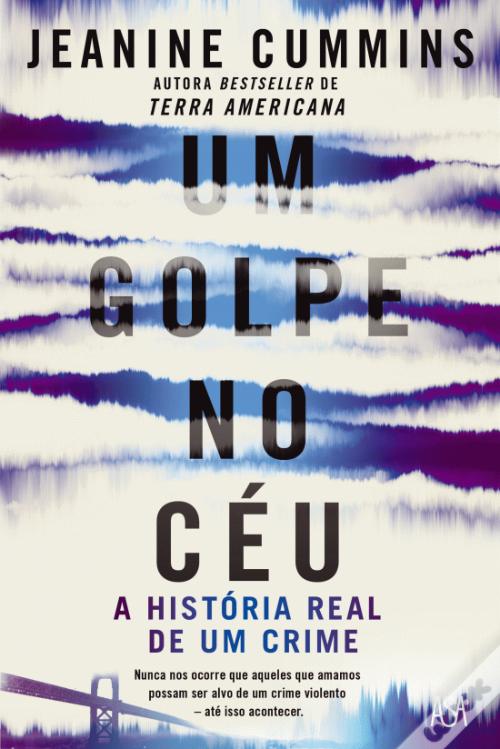What do you think?
Rate this book


320 pages, Paperback
First published June 6, 2004
Tom’s rapport with [Detectives] Ghrist and Stittum remained friendly and professional throughout the interview. He continued to call them “sir.” An old-fashioned habit, no doubt, but one that had been successfully and irreversibly instilled in him by his father.
Criminal Interrogations and Confessions… is this country’s leading manual on conducting police interrogations. It was the textbook most often quoted in Chief Justice Warren’s famous Supreme Court opinion on the Miranda case. And according to that manual, detectives are warned that: “Any suspect who is overly polite, even to the point of repeatedly calling the interrogator ‘sir,’ may be attempting to flatter the interrogator to gain his confidence.”
But even if Tom was aware of this fact, it probably wouldn’t have done much to change his behavior because, as far as he was concerned, he was not a suspect…
So long and sorry, darling
I was counting to forever
And never even got to ten
So long and sorry, darling
When we found a rip in heaven
We should have just ascended then
~ ‘Til Tuesday
They came into the clearing suddenly and the moon opened up above them, lighting the cracked and broken concrete that stretched like the decaying bones of giants between them and the abandoned Old Chain of Rocks Bridge. Tom stopped dead in his tracks, causing Robin to stumble into his back. He willed himself to move forward but he felt stuck, mesmerized by the menacing old bridge that loomed up before him. The massive steel structure was wild with leaves, and the undergrowth near the base was dense and uninviting. A few enormous hanging vines dangled from the top of the bridge’s skeleton, and they shifted and swayed eerily in the darkness.
We forget our victims. As a society we have a certain fascination with murder and violence. It’s not necessarily unhealthy — we are a curious people. We want to know why atrocities happen; we want to understand the causes of wickedness. We go looking for answers in books, in therapy, in our media. Unfortunately for the answer-seekers, corpses can’t talk. The dead can’t tell their own stories.